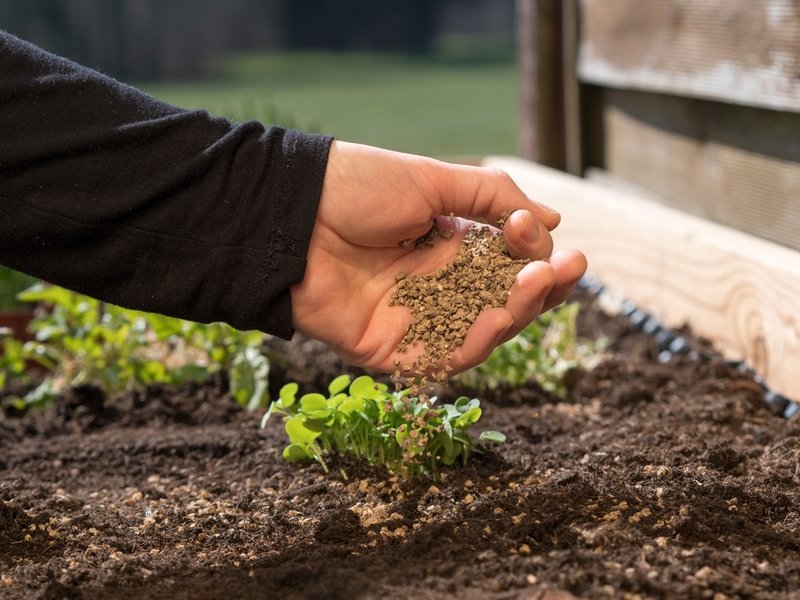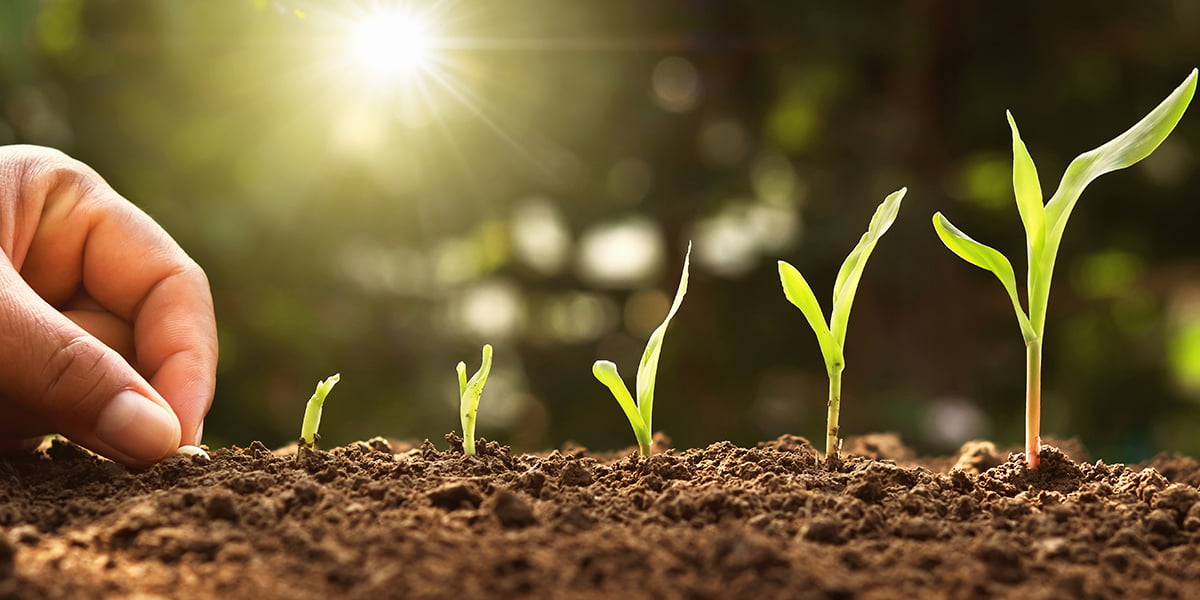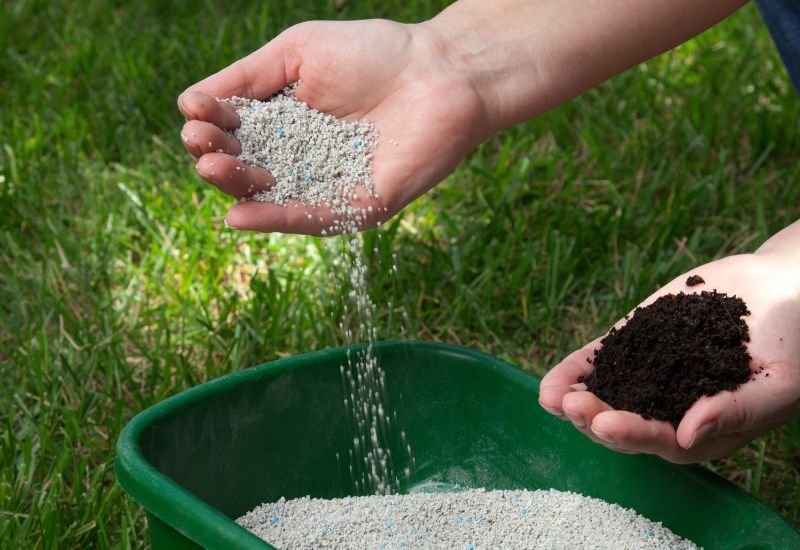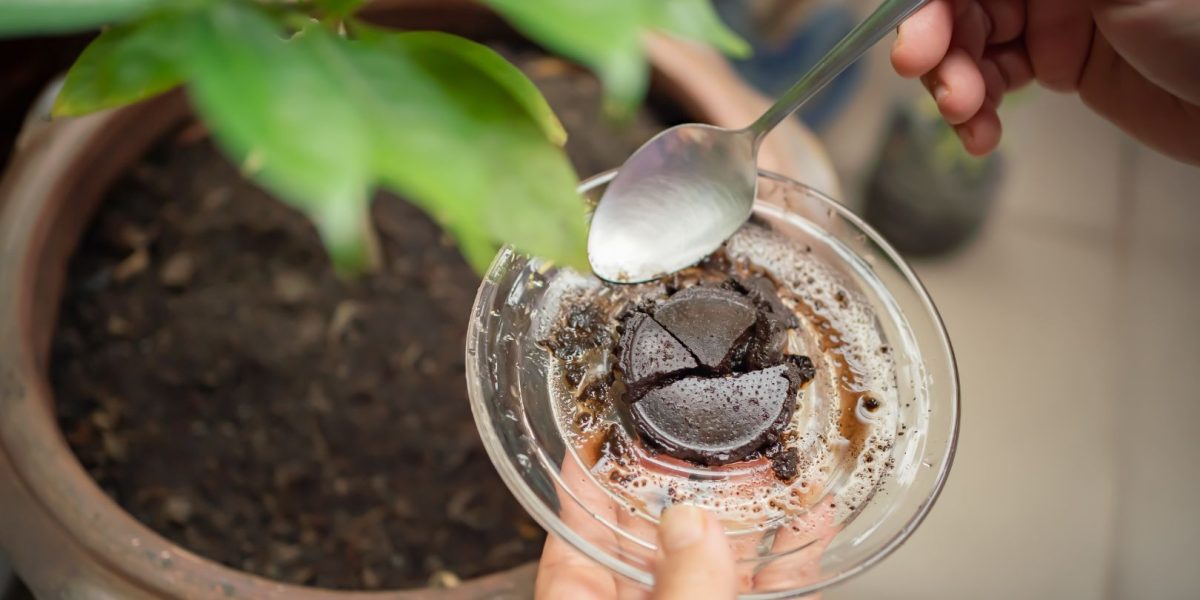Following Instructions, Avoiding Overapplication, and Protecting the Environment: Responsible Plant Food or Fertilizer Use
When applying plant food or fertilizer, following the instructions on the product label is paramount. Overapplication can be detrimental to plant health and contribute to environmental pollution.
-
Following the Label: The recommended application rate for plant food or fertilizer will vary depending on the product, the type of plant, and the soil conditions. Following the label ensures you provide the right amount of nutrients without harming your plants.
-
Avoiding Overapplication: Too much of a good thing can be bad. Overapplying fertilizer can lead to salt buildup in the soil, which can damage plant roots and inhibit nutrient uptake. It can also contribute to nutrient leaching, where excess nutrients are carried away by water runoff, potentially contaminating nearby waterways.
-
Environmental Responsibility: By using plant food or fertilizer responsibly, you can minimize your impact on the environment. Choose slow-release fertilizers that minimize leaching, and water your plants deeply after application to encourage nutrient uptake by the roots.

Essential Precautions for Handling and Applying Plant Food or Fertilizer: Prioritizing Safety
While plant food and fertilizer are generally safe for gardening use, some precautions are essential to ensure the safety of yourself and the environment.
-
Wearing Protective Gear: Always wear gloves when handling fertilizer, as some formulations can irritate the skin. Consider wearing a mask if you are applying large quantities of dust-based fertilizers.
-
Proper Storage: Store plant food and fertilizer in their original containers, in a cool, dry place, out of reach of children and pets. Never reuse empty fertilizer containers for food or beverage storage.
-
Avoiding Water Source Contamination: Be mindful of where you apply fertilizer and avoid applying it near bodies of water. Spills should be cleaned up promptly to prevent contamination of waterways.

Interpreting Visual Cues, such as Leaf Color, Growth Patterns, and Yield: Recognizing Nutrient Imbalances
Plants communicate their needs through visual cues. Learning to recognize the signs of nutrient deficiencies and excesses is crucial for maintaining plant health.
-
Nutrient Deficiencies: Signs of nutrient deficiencies can vary depending on the specific nutrient lacking. Common symptoms include stunted growth, yellowing leaves, poor flowering, or decreased fruit production. For example, nitrogen deficiency can cause pale green or yellow leaves, while phosphorus deficiency may result in stunted growth and poor flowering.
-
Nutrient Excesses: While providing essential nutrients is beneficial, too much of a good thing can be harmful. Excess fertilizer application can lead to leaf scorch, wilting, and stunted growth. In severe cases, it can even kill plants.
-
Monitoring Plant Health: Regularly monitoring your plants for any visual changes in their appearance is essential for identifying potential nutrient imbalances. By catching problems early, you can take corrective action to address deficiencies or adjust your fertilization practices to avoid excesses.

Troubleshooting Nutrient Issues: Addressing Deficiencies and Excesses
Once you’ve identified a potential nutrient imbalance, it’s time to take action.
-
Addressing Deficiencies: For nutrient deficiencies, applying the appropriate fertilizer can help rectify the problem. Choose a fertilizer formulated with the specific nutrient your plants are lacking.
-
Correcting Excesses: If you suspect nutrient excess, it’s best to stop fertilizing for a while and allow the excess nutrients to leach out of the soil through watering. In some cases, flushing the soil with a large amount of water may be necessary.
-
Soil Testing: Soil testing can be a valuable tool for diagnosing nutrient deficiencies and excesses. A soil test will provide a detailed analysis of the nutrient levels in your soil, allowing you to tailor your fertilizer application accordingly.

Incorporating Composting, Crop Rotation, and Cover Cropping: Sustainable Gardening Practices
Sustainable gardening practices promote healthy soil and reduce reliance on external inputs like fertilizers.
-
Composting: Composting kitchen scraps and yard waste creates a nutrient-rich amendment that improves soil fertility and provides plants with a slow-release source of nutrients.
-
Crop Rotation: Rotating the types of plants you grow in a particular location helps prevent nutrient depletion and buildup. Different plants have different nutrient requirements, so rotating crops helps maintain a balanced soil nutrient profile.
-
Cover Cropping: Planting cover crops during the off-season helps suppress weeds, improve soil structure, and fix nitrogen in the soil, reducing the need for synthetic fertilizers.

Nurturing a Balanced Ecosystem: Promoting Soil Health and Nutrient Cycling
By embracing sustainable practices, you can create a thriving ecosystem in your garden.
-
The Importance of Soil Microorganisms: Healthy soil teems with beneficial microorganisms, like bacteria and fungi. These organisms play a vital role in nutrient cycling, breaking down organic matter and releasing nutrients that plants can readily absorb. Sustainable practices that promote soil health, such as composting and cover cropping, also nurture these beneficial populations.
-
Reduced Reliance on External Inputs: By fostering a healthy and balanced soil ecosystem, you can minimize your reliance on external fertilizer inputs. Compost and cover crops provide a natural source of nutrients, while healthy soil microorganisms enhance nutrient availability for plants.
-
Building Resilient Gardens: Sustainable gardening practices not only benefit plant health but also contribute to building resilient gardens. Healthy soil with a diverse microbial community is better equipped to withstand environmental stresses like drought and disease.
Recognizing the Significance of Nutrients for Healthy Plant Growth and Food Production
The role of plant food and fertilizer in horticulture cannot be overstated.
-
The Foundation of Plant Life: Essential nutrients are the building blocks of healthy plant growth and development. They play a crucial role in everything from photosynthesis and root development to flower and fruit production.
-
Sustainable Food Production: By ensuring adequate plant nutrition, gardeners contribute to sustainable food production. Healthy, well-nourished plants produce higher yields and are more resistant to pests and diseases.
-
Environmental Benefits: Maintaining healthy soil through sustainable practices promotes carbon sequestration, reduces soil erosion, and improves water quality. This, in turn, benefits the environment as a whole.
Cultivating Knowledge and Fostering a Thriving Garden
Understanding the role of plant food and fertilizer empowers you to make informed decisions about your gardening practices.
-
Knowledge is Power: By equipping yourself with knowledge about plant nutrition, soil health, and sustainable practices, you can create a thriving garden that flourishes year after year.
-
Fostering a Connection with Nature: Gardening is a rewarding way to connect with nature and witness the wonders of plant growth. Through responsible plant food and fertilizer use, you can cultivate a beautiful and productive garden while nurturing the environment for generations to come.
This guide has provided a comprehensive overview of plant food and fertilizer, their roles in plant nutrition, and the importance of sustainable gardening practices. By understanding these concepts and applying them in your garden, you can cultivate healthy plants, promote a balanced ecosystem, and enjoy the bountiful rewards of your gardening endeavors.
